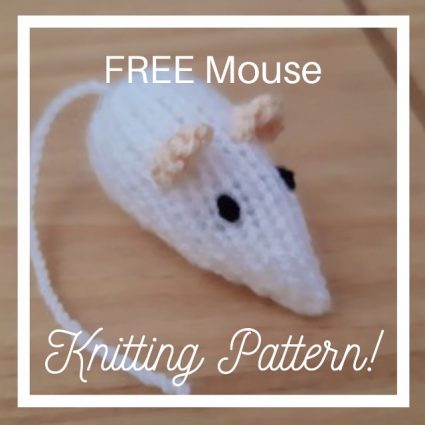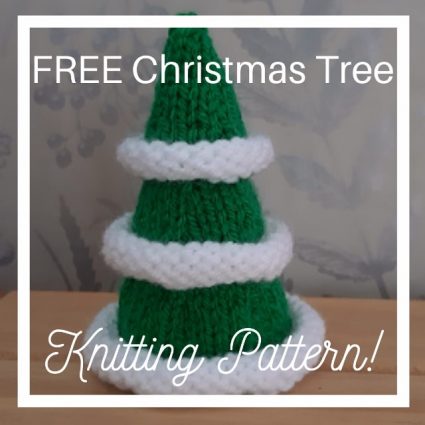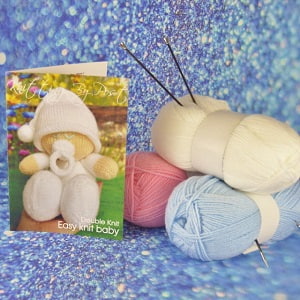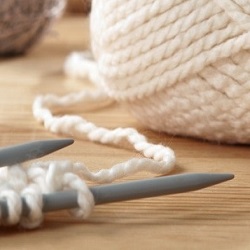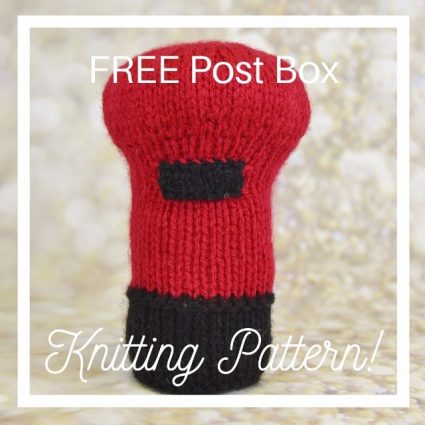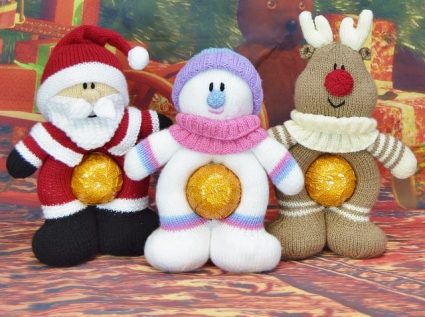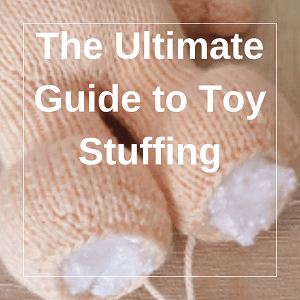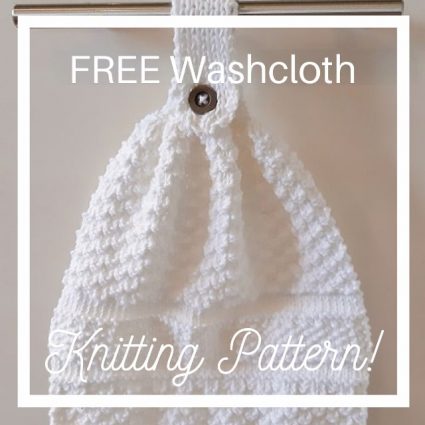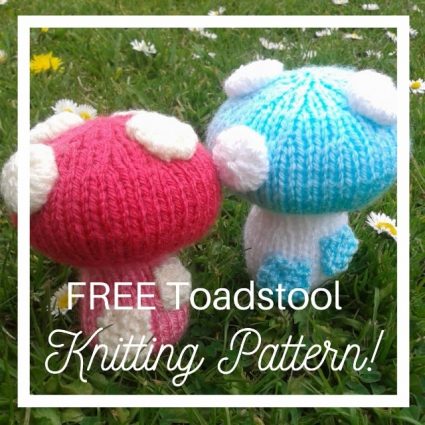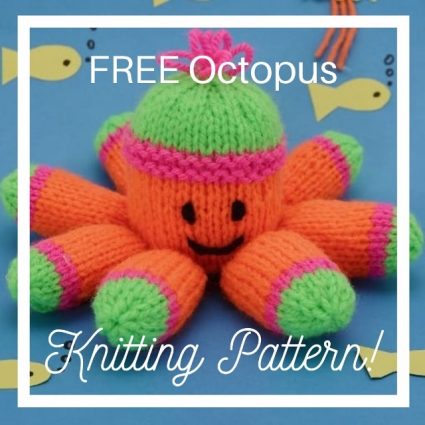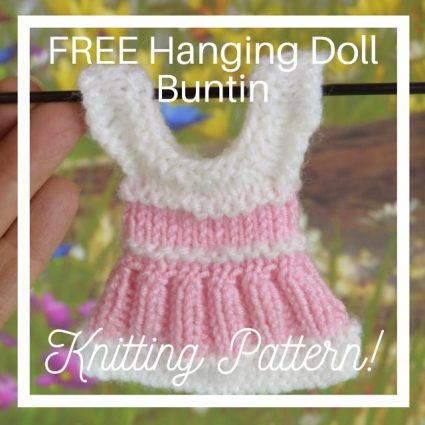FREE Mouse Knitting Pattern
Enjoy this Lovely FREE Mouse Knitting Pattern. This cute mouse is made with oddments of...
1 Comment
FREE Mini Christmas Tree Knitting Pattern
Enjoy this Lovely FREE Mini Christmas Tree Knitting Pattern. This cute tree is made with...
2 Comments
What is a Knitting Pattern?
The answer to what is a knitting pattern is that it is simply a set...
What is a Knitting Obsession?
Here is a fun look at the knitting obsessed like us. Home, travel, family and...
FREE Post Box / Pillar Box Knitting Pattern
Enjoy this Lovely FREE Postbox Knitting Pattern. This cute post box is made with black...
1 Comment
The Best Knitted Christmas Gift Ideas
Here are some Christmas gift ideas that will get your needles clicking for the festive...
How do I Improve My Wellbeing Through Knitting?
There are a variety of health benefits associated with knitting. From lowering the stress levels...
The Ulitmate Guide to Toy Filling
Knowing all about the toy filling that you use can give your creations a better...
FREE Dish / Pan / Wash Cloth Knitting Pattern
Enjoy this Lovely FREE Dishcloth / Washcloth / Pan Holder Knitting Pattern. It can be...
7 Comments
FREE Toadstool Knitting Pattern
Enjoy this lovely toadstool pattern. It can be made with any odds and ends that...
FREE Octopus Knitting Pattern
Enjoy this lovely little octopus pattern. He can be made with odds and ends that...
1 Comment
FREE Dolly Dress Buntin Pattern
Yarn : Double knitting. Oddment of white and a contrast colour.Needles : 3mm Single Pointed...

